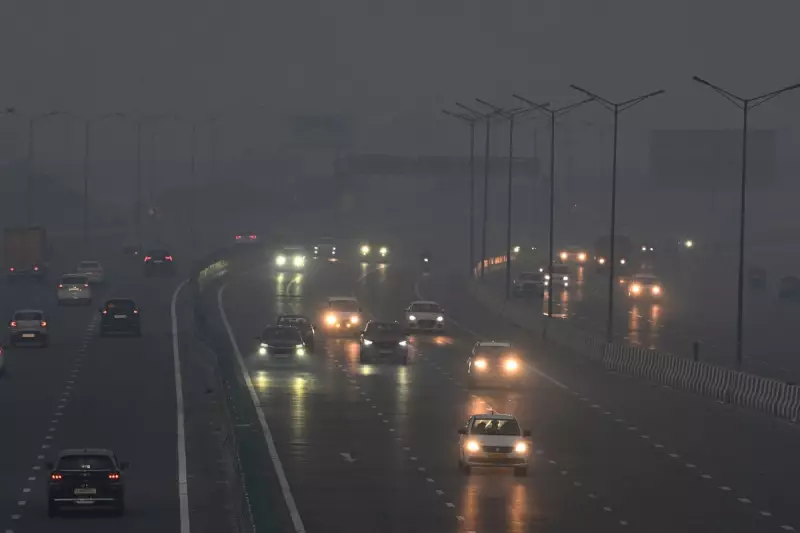
India's capital city is deploying cutting-edge weather modification technology in a radical attempt to combat its notoriously toxic air pollution. Delhi authorities have approved an ambitious cloud seeding project that could see artificial rain wash away the dangerous pollutants choking the city.
The Desperate Battle Against Delhi's Deadly Smog
With air quality index (AQI) readings frequently soaring into the 'hazardous' category, Delhi has become one of the world's most polluted megacities. The situation becomes particularly dire during winter months, when temperature inversions trap pollutants close to the ground, creating thick, toxic smog that poses severe health risks to the city's 20 million residents.
How Cloud Seeding Could Clean Delhi's Air
The scientific process involves dispersing substances like silver iodide or salt particles into clouds to encourage rainfall. When implemented successfully, the resulting precipitation can effectively 'scrub' pollutants from the air, providing temporary relief from dangerous pollution levels.
The planned operation involves:
- Identifying suitable cloud formations for seeding
- Deploying aircraft to disperse seeding agents
- Monitoring weather conditions to maximise effectiveness
- Measuring air quality changes post-implementation
A Temporary Solution to a Chronic Problem
While environmental experts acknowledge cloud seeding could provide short-term relief, many caution that it addresses symptoms rather than root causes. The technology offers a promising emergency measure during peak pollution periods, but sustainable solutions require tackling emission sources including vehicle exhaust, industrial pollution, and agricultural burning.
The success of Delhi's cloud seeding initiative could set a precedent for other megacities grappling with similar air quality crises across South Asia and beyond.





